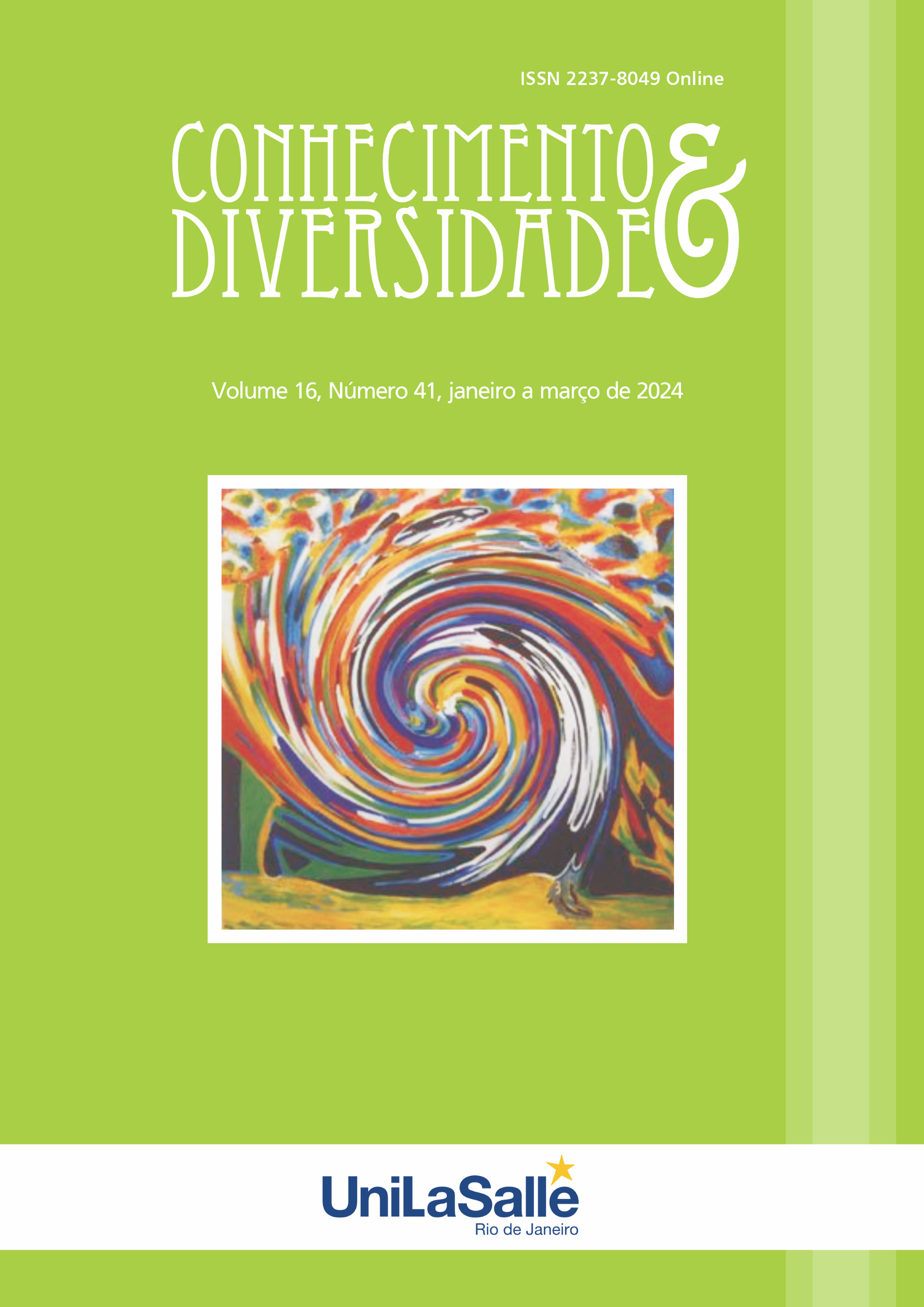DEVELOPMENT OF MUSCLE STRENGTH IN STUDENTS
STRATEGIES FOR INDEPENDENT CLASSES
DOI:
https://doi.org/10.18316/rcd.v16i41.11508Keywords:
educational system, physical education, Self-study of students, social activity and consciousnessAbstract
Optimizing the process of physical education as a specialized, purposeful, managerial pedagogical activity requires the search for new approaches to the physical activity of students of higher educational institutions of Ukraine. Recently their level of health and physical fitness is a cause for concern. The impossibility of fulfilling the control and module standards according to the program with of physical education for a positive assessment reduces students' motivation for classes physical education and sports. Therefore, the issue of systematics is acute independent classes of students in their free time from studying. Self-study of students in physical exercises should be aimed at strengthening health, increasing work capacity, mastering skills and skills, improvement of professional activity, formation of social activity and consciousness.
References
VUUST P, WITEK MAG. Rhythmic complexity and predictive coding: a novel approach to modeling rhythm and meter perception in music. Frontiers in Psychology, 2014; 5. [doi:10.3389/fpsyg.2014.01111].
DVIR D, RAZ T, SHENHAR AJ. An empirical analysis of the relationship between project planning and project success. Int J Project Manage. 2003;21(2):89-95. doi: 10.1016/S0263-7863(02)00012-1.
SLAVICH MA, DWYER B, RUFER L. An Evolving Experience: An Investigation of the Impact of Sporting Event Factors on Spectator Satisfaction. J Global Sport Manage. 2018;3(1):79-98. doi: 10.1080/24704067.2017.1411162.
O'REILLY NJ, NADEAU JP. Revenue generation in professional sport: A diagnostic analysis. Int J Sport Manage Market. 2006;1(4):311-330. doi: 10.1504/IJSMM.2006.010564.
THOMSON A, SCHLENKER K, SCHULENKORF N. Conceptualizing sport event legacy. Event Manage. 2013;17(2):111-122. doi: 10.3727/152599513X13668224082260.
BARNEY J. Firm resources and sustained competitive advantage. J Manage. 1991;17(1):99-120. doi: 10.1177/014920639101700108.
KRAAIJENBRINK J, SPENDER JC, GROEN AJ. The Resource-based view: A review and assessment of its Critiques. Journal of Management. 2009;36(1):349-372. doi: 10.1177/0149206309350775.
HANSEN H, GAUTHIER R. Factors affecting attendance at professional sport events. J Sport Manage. 1989;3(1):15-32. doi: 10.1123/jsm.3.1.15.
BARNI, D., DANIONI, F., & BENEVENE, P. (2019). Teachers’ Self-Efficacy: The Role of Personal Values and Motivations for Teaching. Frontiers in Psychology, 10(1645). https://doi.org/10.3389/fpsyg.2019.01645.
BORLE, P., REICHEL, K., NIEBUHR, F., & VOELTER-MAHLKNECHT, S. (2021). How Are Techno-Stressors Associated with Mental Health and Work Outcomes? A Systematic Review of Occupational Exposure to Information and Communication Technologies within the Technostress Model. International Journal of Environmental Research and Public Health, 18(16), 8673. https://doi.org/10.3390/ijerph18168673.
Downloads
Published
Issue
Section
License
Copyright (c) 2024 Dmytro Balashov, Iryna Samokhvalova, Ihor Kravchenko, Hennadii Kuziura, Oleksandr Panasiuk

This work is licensed under a Creative Commons Attribution 4.0 International License.
As recommended by the Public Knowledge Project, RCD adopts for its articles a CREATIVE COMMONS Attribution CC BY 4.0 license.
This license allows others to distribute, remix, adapt and build upon your work, even commercially, as long as they credit you for the original creation.
This is the most appropriate license offered.
Recommended for maximum dissemination and use of licensed materials.



